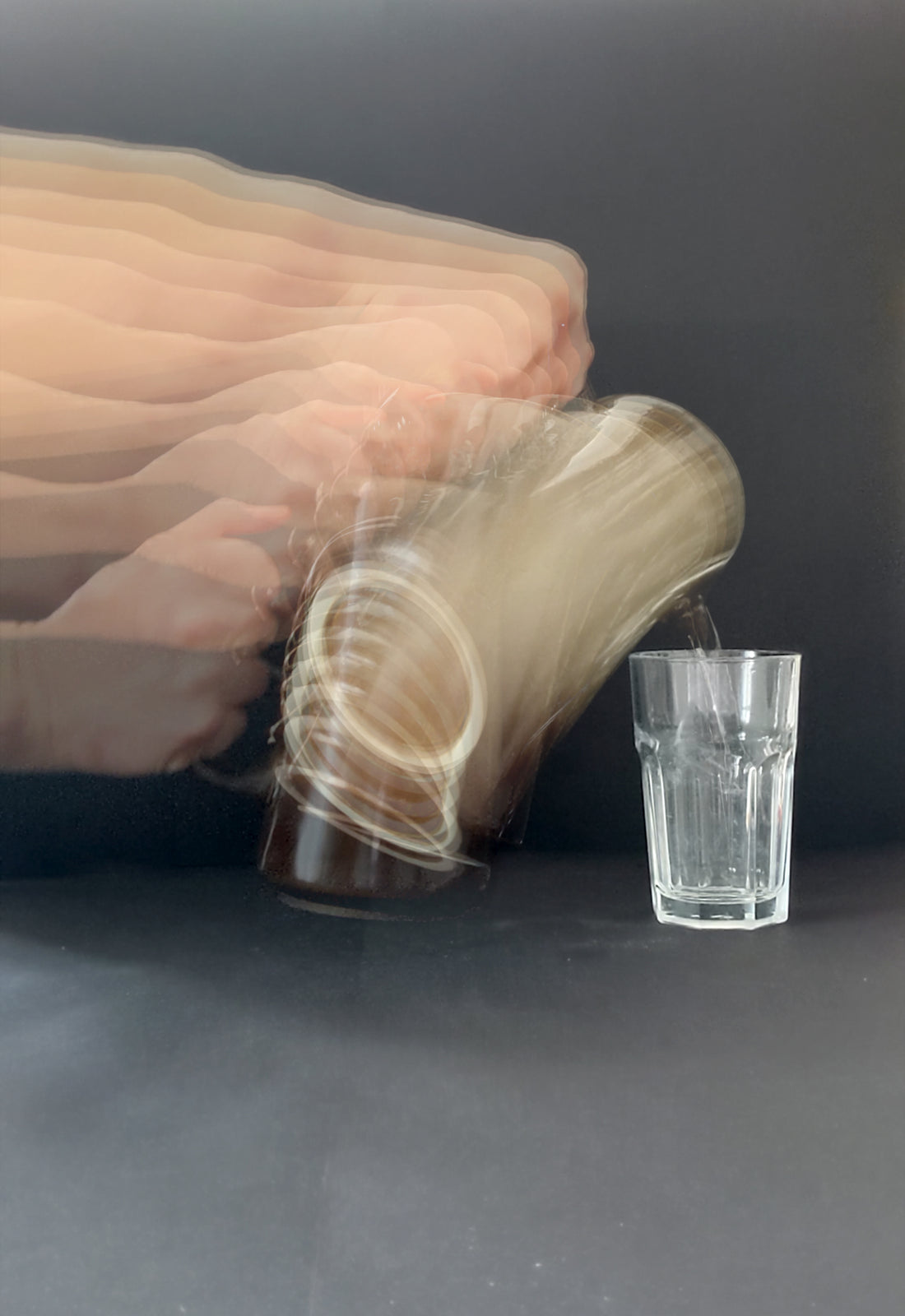Historically, the kitchen has transformed from a space of labour into a space that leans more towards sociability, where entertainment and pleasure take centre stage and is implemented into design. The contemporary kitchen, in some cases has become more ‘ornamental’, built to demonstrate social status and is less about its utilitarian purpose. With lockdowns and working from home becoming the new norm, how has this redefined the use of our kitchens? It does feel like the kitchen has gained a lot more significance – a form of revival. A space to test and experiment, a creative laboratory.
Time and motion studies were conducted by Frank & Lilian Gilbreth in the early 1900s in order to increase efficiencies and productivity in the workplace. Sensors would be tied around factory workers wrists to track and analyse their movement paths and motions. This method was also implemented in the domestic environment to make housewives work in the kitchen more efficient.
Motion efficiency study by Frank Gilbreth, c. 1914. Collection: National Museum of American History
Inspired by these studies, below are chronophotographic montages made to capture some of the up-close daily actions our hands perform in the kitchen. Pouring, pinching, sautéing, whisking to name a few. These are not necessarily to look at efficiencies but rather the qualities of these movements.
Pouring, chronophotographic montage. Raimana Jones, 2021
Chopping, chronophotographic montage. Raimana Jones, 2021
Can-opening, chronophotographic montage. Raimana Jones, 2021
Pinching, chronophotographic montage. Raimana Jones, 2021
Sautéing, chronophotographic montage. Raimana Jones, 2021
Siving, chronophotographic montage. Raimana Jones, 2021
Grating, chronophotographic montage. Raimana Jones, 2021
Squeezing, chronophotographic montage. Raimana Jones, 2021
Whisking, chronophotographic montage. Raimana Jones, 2021
Egg-breaking, chronophotographic montage. Raimana Jones, 2021




























